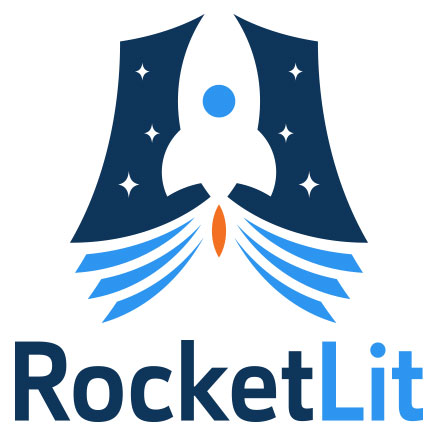Learners will help Mosa figure out how Lystrosaurus fossils were found on three different continents. Following the mystery, students construct a model of a supercontinent (Pangea) and engineer a device to track the motion of plates.
- Lesson 1

Solve: Whale Valley + Fossil Mystery
Choose to solve either a live video mystery exploring whale bones found in the Atacama desert or an animated mystery on how Lystrosaurus fossils were found on three different continents. Students discover how the Earth’s crust is separated into plates and how the movement of the plates result in changes to Earth's landscape over time. (Live Solve: 45-70 minutes; Animated Solve: 45-80 minutes)
- Lesson 2

Make: Use Evidence from Plant and Animal Fossils to Prove Tectonic Plate Motion
Learners will select a plant or animal fossil to study and construct a model of how the plates of a supercontinent could break apart, explaining the theory of plate tectonics as indicated by the presence of certain fossils. (100 minutes)
- Lesson 3

Engineer: Engineer a Device to Detect Plate Movement
Learners will design a never-before-seen device that tracks the motion of plate tectonics (100 minutes)








